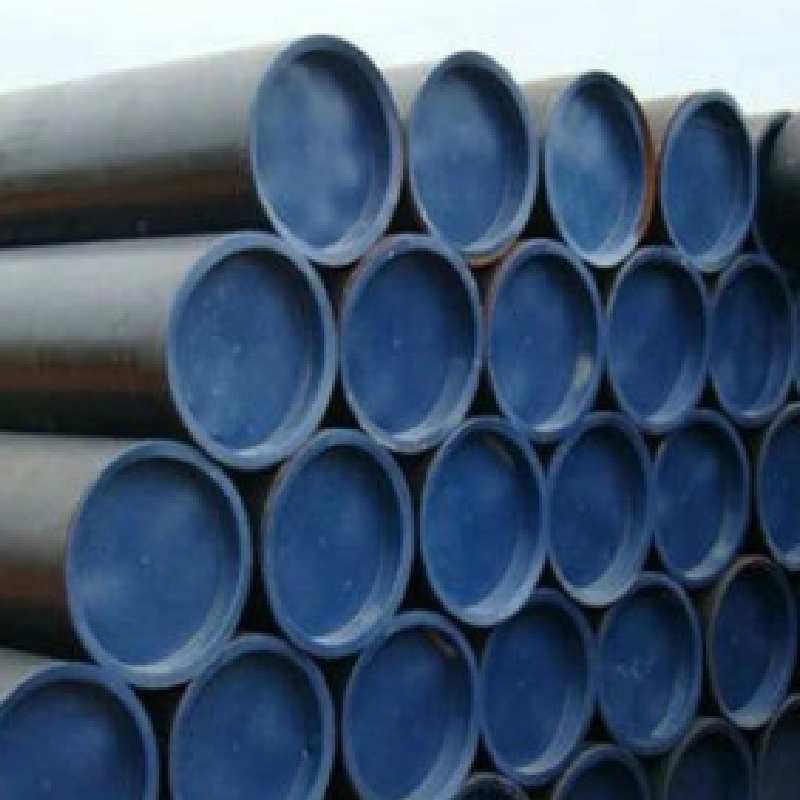-
Cangzhou Yulong Steel Co., Ltd.
-
Phone:
+86 13303177267 -
Email:
admin@ylsteelfittings.com

Nov . 15, 2024 20:40 Back to list
flange types
Understanding Flange Types A Comprehensive Overview
Flanges are vital components in piping and mechanical systems, serving as a bridge in connecting pipes, valves, pumps, and other equipment. They are flat pieces of metal or other material that allow for the joining of two components, and they can be critical in maintaining the integrity of a system under varying pressures and temperatures. This article will explore the various types of flanges, their applications, and the considerations that guide the selection of the right flange for a specific operation.
Types of Flanges
1. Weld Neck Flanges These flanges are characterized by a long neck that permits a gradual reduction in flow. They are typically used in high-pressure applications, as they provide excellent stress distribution. The neck allows for a strong welded connection and is suitable for extreme pressure and temperature scenarios.
2. Slip-On Flanges As the name indicates, these flanges slip over the pipe end and are welded in place. They are easier to align and install, making them a popular choice for many applications. However, because they do not provide the same level of strength as weld neck flanges, they are generally used in lower pressure applications.
3. Blind Flanges Blind flanges are solid and do not have a bore. They are used to seal the end of a piping system, providing an effective way to close off a section of the pipeline. This type of flange is vital in situations where future inspections or modifications may be necessary.
4. Socket Weld Flanges These flanges are designed for high-pressure applications and are often used in small pipe diameters. A pipe is inserted into the flange socket and then welded around the joint, making them suitable for high-pressure and temperature environments.
5. Lap Joint Flanges These flanges consist of two parts—a stub end and a loose lap joint flange. They are beneficial in systems where frequent dismantling and reassembly are required, as they facilitate easy transitions. They are most commonly used in low-pressure applications.
flange types

6. Threaded Flanges These flanges are internally threaded and can be connected with a pipe that has matching external threads. They are advantageous in situations where welding is impractical, such as with materials sensitive to heat.
Considerations for Selecting Flanges
When selecting a flange type, several factors must be taken into account
- Pressure and Temperature The operational environment will dictate the choice. Higher pressures typically require more robust flange types like weld neck or socket weld. - Material Compatibility Different materials have varying resistance to corrosion, heat, and pressure. It’s crucial to ensure that the flange material is compatible with the fluids and gases it will encounter.
- Ease of Installation Consider how often the system will need service; if frequent changes are anticipated, more flexible flange types like lap joint flanges may be ideal.
- Cost Budget constraints will also play a critical role in choosing the right flange type, as some flanges can be significantly more expensive than others.
Conclusion
In summary, the choice of flange type is essential for ensuring the integrity and efficiency of any piping system. By understanding the various types of flanges and their specific applications, engineers and technicians can make informed decisions that optimize system performance and integrity. Whether it’s a weld neck flange for high-pressure scenarios or a slip-on flange for convenience, selecting the right flange type is a critical aspect of mechanical design and maintenance.
Latest news
-
ANSI 150P SS304 SO FLANGE
NewsFeb.14,2025
-
ASTM A333GR6 STEEL PIPE
NewsJan.20,2025
-
ANSI B16.5 WELDING NECK FLANGE
NewsJan.15,2026
-
ANSI B16.5 SLIP-ON FLANGE
NewsApr.19,2024
-
DIN86044 PLATE FLANGE
NewsApr.19,2024
-
DIN2527 BLIND FLANGE
NewsApr.12,2024
-
JIS B2311 Butt-Welding Fittings LR/SR 45°/90° /180°Seamless/Weld
NewsApr.23,2024
-
DIN2605-2617 Butt-Welding Fittings LR/SR 45°/90°/180° Seamless/Weld
NewsApr.23,2024











